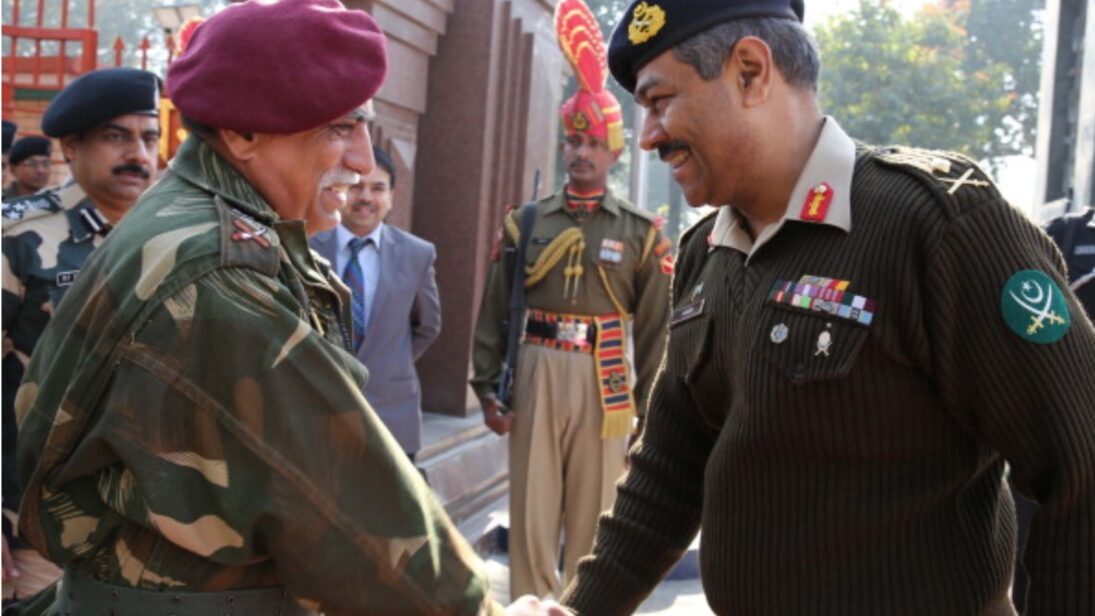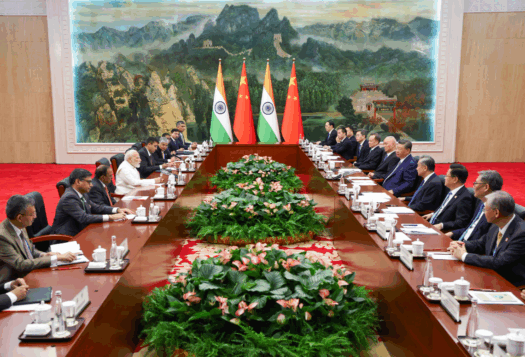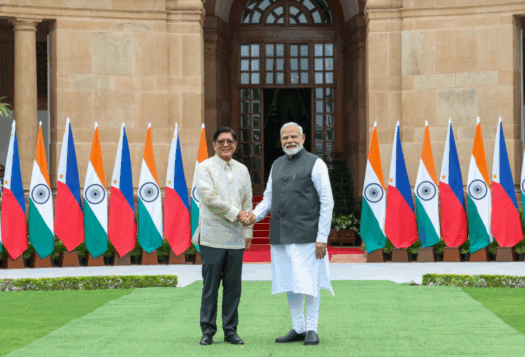
India and Pakistan are on the precipice of a crisis once again, following an attack on tourists in the Pahalgam area in the Anantnag district of Indian-administered Kashmir last week. The attack, responsibility for which was claimed by a relatively lesser-known group called The Resistance Front (TRF) but later retracted, has triggered a predictable series of responses from India and Pakistan. The question, however, is what comes next and can diplomacy bring the two states back from the brink?
Tit for Tat Moves
India and Pakistan have a long history of accusing each other of cross-border terrorism, with India calling out Pakistan’s support for Kashmir-focused militants and Pakistan accusing India of fomenting insurgency in Balochistan and carrying out an assassination campaign. Pakistan’s complaints gained some attention only after the U.S. and Canadian governments officially condemned India’s alleged involvement in similar illegal targeted killings on their soil. More recently, Pakistan accused India of masterminding and Afghanistan of supporting the hijacking of Jaffar Express in Balochistan, which was carried out by the Balochistan Liberation Army terrorists.
Within minutes of the Pahalgam attack, Indian media outlets began attributing responsibility to Pakistan as they see TRF to be an offshoot of the Lashkar-e-Taiba, despite a lack of concrete evidence. While the Indian leadership initially refrained from directly naming Pakistan, it announced a series of retaliatory measures against the country—including the suspension of the Indus Waters Treaty.
Will India proceed with concrete steps to suspend the Indus Waters Treaty, or opt for other aggressive action in the form of a kinetic attack? Or will better sense prevail, with both sides making some space for diplomacy, perhaps with the support of the international community, to de-escalate the situation?
In response to India’s reflexive finger-pointing, Pakistani experts and officials at the highest levels, including the defense minister, have alleged Pahalgam to be a suspected false flag operation. In a tit-for-tat move matching India, Pakistan announced several reciprocal measures but also went a step further with the closure of air space for India’s commercial flights for a period of one month and a potential suspension of all bilateral treaties and agreements with New Delhi. More significantly, terming India’s announcement to unilaterally suspend the Indus Waters Treaty “an act of war,” Islamabad has resolved to go to any extent if New Delhi proceeds to follow through with the threat.

While any action aimed at implementing the suspension of the Treaty will take time, the actual risk lies in potential military action in the near future and the risk of further escalation— advertently or inadvertently. Will India proceed with concrete steps to suspend the Indus Waters Treaty, or opt for other aggressive action in the form of a kinetic attack? Or will better sense prevail, with both sides making some space for diplomacy, perhaps with the support of the international community, to de-escalate the situation?
Third Party Role and Days Ahead
With the international community, particularly the United States, having played an important role in past India-Pakistan crises, New Delhi and Islamabad have both tried to drum up support for their positions in recent days. Soon after the incident, India received messages of condolence and solidarity from all major global capitals, including Washington, London, Moscow, Paris, and Riyadh, signifying strong international support. On its part, Pakistan also initiated diplomatic outreach to important international capitals and briefed the diplomatic corps in Islamabad about its position on the evolving situation. Pakistani Prime Minister Shahbaz Sharif also announced that Pakistan is open to any “neutral and transparent” investigation into the Pahalgam incident.
The role of the United States as a traditional third party shall remain very important in the coming days. While the U.S. government has expressed solidarity with India in the wake of the attack, the Trump administration is seemingly trying to stay neutral at this stage, unlike Balakot 2019, where Washington extended tacit approval for India’s right to self-defense at the very onset of the crisis. During a press briefing on April 29, the State Department spokesperson said the administration was “reaching out to both parties and telling them not to escalate the situation.” President Donald Trump in a statement also expressed hope that Pakistan and India will “figure out” a way to resolve this crisis.
[…] [T]he real challenge lies in the short term, where the risk of war is still imminent, to medium-term, with the complete breakdown in bilateral relations between India and Pakistan likely to impact the potential fallout from the suspension of the Indus Waters Treaty.
While China has urged both India and Pakistan to exercise restraint, it has extended strong backing to Pakistan overall. In addition to supporting Pakistan’s call for an impartial investigation, Beijing reportedly assisted Islamabad in watering down the language of the United Nations Security Council resolution. Unlike previous resolutions, this one refers directly to Jammu and Kashmir and refrains from explicitly offering direct cooperation to the Government of India, instead extending it to “all relevant authorities.” Additionally, the resolution also extends condolences to Nepal, which lost one of its citizens in the incident—further reinforcing the impression that the resolution is not solely India-specific. Finally, the resolution does not back India’s position of linking TRF with Lashkar-e-Taiba. Meanwhile, other regional players like Saudi Arabia and Iran have also been notably active, with Riyadh reaching out to both Delhi and Islamabad over calls while Tehran officially offering to mediate between India and Pakistan.
The crisis unfolding in the aftermath of the Pahalgam attack is another stark reminder that the region is under the perpetual risk of an advertent or inadvertent nuclear crisis that needs serious attention. The United States’ apparent neutrality and counsels of restraints from other regional and global players may help to some extent, but it must be followed by the concerted efforts to resume some backchannel bilateral communications. Because the real challenge lies in the short term, where the risk of war is still imminent, to medium-term, with the complete breakdown in bilateral relations between India and Pakistan likely to impact the potential fallout from the suspension of the Indus Waters Treaty. In the absence of serious diplomatic efforts to resolve these bilateral issues, the region must brace for impact.
Views expressed are the author’s own and do not necessarily reflect the positions of South Asian Voices, the Stimson Center, or our supporters.
Also Read: Indo-Pak Dynamics and the Kashmir Issue in the Wake of the Pahalgam Attack. For more analysis on Pahalgam and its aftermath, read our entire series here.
***
Image 1: Pakistan Inter Services Public Relations via Anadolu Agency/Getty Images
Image 2: Kogo via Wikimedia Commons


